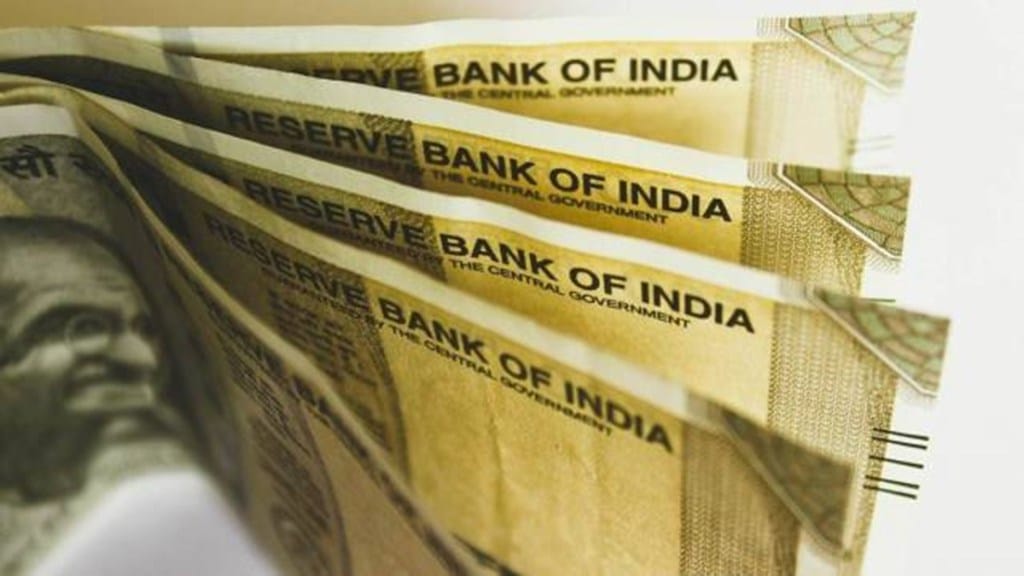A challenging international context—war in Ukraine, worsening US-China trade tensions, a slowing world economy—had a bearing on India’s external transactions in FY23, reflected in a near-doubling of the current account deficit to $67.1 billion, or 2% of GDP. This imbalance in goods and services transactions with the rest of the world was initially projected to be much wider at 3% of the GDP as the Ukraine war triggered skyrocketing oil ($116 a barrel last June) and commodity prices. But that scenario did not materialise as oil prices declined thereafter although they remained elevated at $93.15 a barrel in FY23. As the country imports 85% of its oil requirements, the merchandise trade deficit ballooned by 40% to $265.3 billion.
However, robust growth in service trade transactions, especially of software and business services, together with a 25% increase in private transfers or remittances from the vast Indian diaspora working overseas, resulted in surpluses in invisibles increasing by a third to $198.2 billion to largely offset the huge merchandise trade imbalance, resulting in a current account deficit of $67.1 billion. Remittances have been increasing and have transformed India’s external profile into one of the biggest strengths of the economy. Without the boom in transfers, India would have registered much higher current account deficits. Net of private transfers, the deficit would have been 2.5 times larger in FY23.
A smaller-than-expected current account deficit will doubtless be considered as evidence that India’s external situation is stable. The expectation is that such an imbalance can easily be financed by net inflows into the capital account of the balance of payments like foreign direct investments, portfolio investments, among others. What should occasion concern, however, is that net FDI inflows declined by 27.5% in FY23. There were also net outflows in portfolio investments. Unlike FDI inflows that are relatively more stable, portfolio investments are pro-cyclical in nature, rising in good times and falling in bad times. Portfolio investments are prone to sharp withdrawal or euphoric surges, which makes them less reliable as a stable source of financing of the current account deficit. While there was an overall surplus in the capital account of $58.9 billion, this was a third lower than in FY22. The current account deficit of $67.1 billion thus was partly financed by the depletion of foreign exchange reserves. In contrast, the much higher capital account surplus in FY 22 resulted in a handsome accretion of forex reserves of $47.5 billion after taking care of the current account deficit.
What are the tidings for the current fiscal? A current account deficit of less than 2% of GDP in FY24 has been indicated by private forecasters and even the government’s chief economic advisor. Like in FY23, the global situation continues to be difficult. The Ukraine war rages on. Major economies are slowing down. All of this implies a more subdued outlook for India’s goods and service transactions. But there has been some respite due to falling oil and commodity prices. With oil prices averaging $79.4 per barrel in April-May, the import bill was lower. Although India’s external accounts thus appear manageable, what bears watching is whether net capital inflows can finance the current account deficit without drawing down forex reserves.

